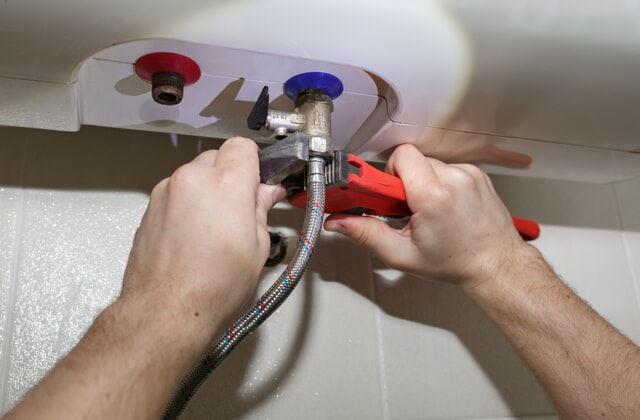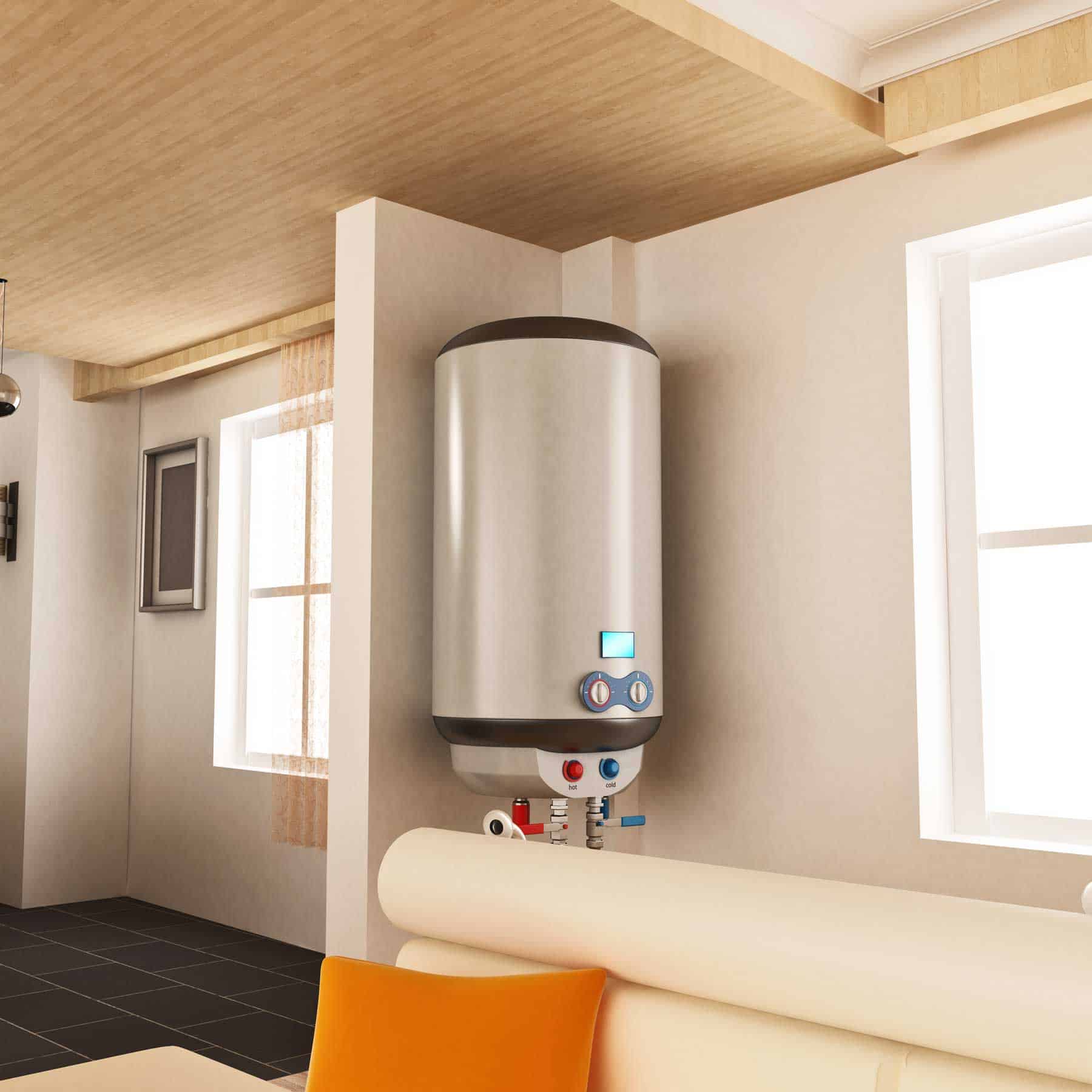Maintaining Your Home's Hot Water System: Essential Tips
Maintaining Your Home's Hot Water System: Essential Tips
Blog Article
On this page further down you can locate a bunch of really good resources on the subject of Tips For Maintaining Your Hot Water Heater.

Warm water is necessary for everyday comfort, whether it's for a revitalizing shower or washing meals. To ensure your warm water system runs effectively and lasts much longer, routine maintenance is vital. This article gives functional pointers and understandings on how to keep your home's warm water system to avoid disturbances and costly fixings.
Introduction
Maintaining your home's warm water system might appear challenging, yet with a few straightforward steps, you can guarantee it operates efficiently for years ahead. This guide covers every little thing from comprehending your warm water system to DIY upkeep tips and understanding when to call in specialist help.
Value of Maintaining Your Warm Water System
Regular upkeep not just prolongs the life-span of your hot water system yet also guarantees it runs effectively. Ignoring upkeep can result in lowered efficiency, greater power bills, and also premature failure of the system.
Indicators Your Warm Water System Needs Upkeep
Recognizing when your hot water system requires focus can avoid significant concerns. Look out for indications such as irregular water temperature, odd sounds from the heater, or rustic water.
Recognizing Your Warm Water System
Before diving into upkeep jobs, it's useful to comprehend the standard components of your hot water system. Normally, this consists of the hot water heater itself, pipes, anode rods, and temperature level controls.
Month-to-month Upkeep Tasks
Normal monthly checks can help catch small concerns prior to they rise.
Purging the Water Heater
Flushing your water heater eliminates debris build-up, improving efficiency and extending its life.
Monitoring and Changing Anode Rods
Anode poles protect against deterioration inside the container. Inspecting and replacing them when worn is critical.
Inspecting and Adjusting Temperature Settings
Changing the temperature level setups makes certain optimum efficiency and safety and security.
DIY Tips for Maintenance
You can perform several maintenance tasks yourself to keep your hot water system in leading problem.
Looking for Leakages
On a regular basis check pipes and connections for leaks, as these can cause water damage and higher costs.
Examining Stress Alleviation Valves
Checking the pressure relief valve ensures it functions correctly and prevents excessive pressure accumulation.
Insulating Pipes
Insulating warm water pipelines minimizes warm loss and can save energy.
When to Call a Specialist
While do it yourself upkeep is beneficial, some issues require expert knowledge.
Complex Concerns Calling For Expert Help
Instances consist of significant leaks, electrical troubles, or if your hot water heater is constantly underperforming.
Routine Professional Upkeep Perks
Expert maintenance can consist of complete evaluations, tune-ups, and making certain conformity with safety standards.
Verdict
Routine maintenance of your home's warm water system is necessary for efficiency, durability, and cost financial savings. By complying with these tips and recognizing when to seek professional aid, you can guarantee a dependable supply of warm water without unforeseen disruptions.
Water Heater Maintenance: The Basics
Maintaining your water heater will ensure it operates efficiently and has a longer lifespan. Neglecting regular maintenance can lead to costly repairs and an even bigger chunk of your savings if you have to replace it sooner than necessary. But there’s good news: Most water heater maintenance tasks are relatively simple and easy for homeowners with basic DIY skills.
Flush the Water Heater
Over time, sediment and minerals can build up in the tank, reducing its efficiency and potentially causing damage. To flush the tank, turn off the power or gas supply, attach a hose to the drain valve near the bottom and open the valve to drain the water until it runs clear. Ideally, flush the tank annually.
Replace the Anode Rod
The anode rod is a sacrificial metal rod that helps prevent corrosion inside the tank. Inspect and replace it every three to five years or per the manufacturer's recommendation. To replace the anode rod, turn off the power or gas supply, drain a few gallons of water from the tank, unscrew the old rod and replace it with a new one. If the anode rod is significantly corroded or covered in calcium buildup, it's a sign the water heater may need to be replaced soon.
Tune-Up
A yearly tune-up can help identify potential issues and ensure your water heater operates at peak efficiency. This typically involves checking the thermostat, burner assembly (for gas heaters) and any other components specified by the manufacturer. During a tune-up, the technician may also clean the burner and adjust the pilot light (for gas heaters) or examine the heating elements (for electric heaters).
How to Maintain Your Water Heater
Insulate the tank. Insulating the tank can improve energy efficiency and reduce heat loss, saving you money on energy bills. You can purchase precut insulation blankets designed specifically for water heaters or use standard fiberglass insulation wrapped securely around the tank. Check the temperature. The recommended water temperature for most households is around 120 degrees Fahrenheit (49 degrees Celsius). Higher temperatures can increase energy costs and potentially cause scalding. Use a kitchen thermometer to check the temperature at the faucet nearest the water heater. Monitor water pressure. Excessive water pressure can strain the water heater and cause leaks or even tank failure. Install a pressure-reducing valve if necessary. The ideal water pressure range is between 60 and 70 PSI (pounds per square inch). Test the temperature and pressure (T&P) relief valve. The T&P relief valve is a safety feature that releases pressure if the tank gets too hot or the pressure builds up too high. Test it annually by lifting the lever and allowing a small amount of water to release. Replace the valve if it doesn't release water or reseal properly. Check for leaks. Regularly inspect the tank, pipes and fittings for leaks or corrosion. Deal with issues promptly to prevent further damage. Even a small leak can lead to significant water damage over time. Consider a tankless water heater. If your traditional tank-style water heater is nearing the end of its lifespan ( typically 10 years), consider replacing it with a tankless water heater. These units heat water on demand, reducing standby energy losses and potentially saving you money on your energy bills. Schedule professional maintenance. While homeowners can perform many water heater maintenance tasks, it's still a good idea to schedule professional maintenance every few years. A plumber or HVAC technician can thoroughly inspect the unit, identify potential issues and ensure it operates safely and efficiently. https://www.homeserve.com/en-us/blog/home-improvement/hot-water-heater-maintanence/

I stumbled upon that piece of writing on How to Maintain Your Water Heater & Prolong its Life when browsing on the web. Do you know about someone else who is interested in Water Heater Maintenance Tips You Can't Afford to Forget? Take a moment to share it. I appreciate reading our article about How to Maintain Your Water Heater & Prolong its Life.
Get Your Estimate Now Report this page